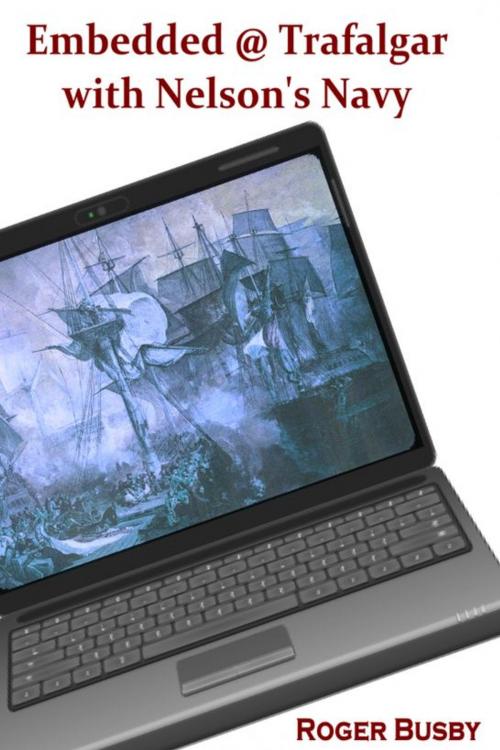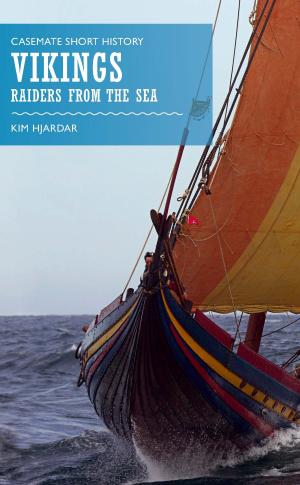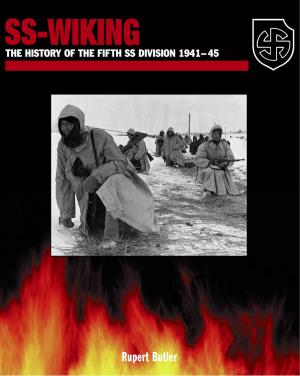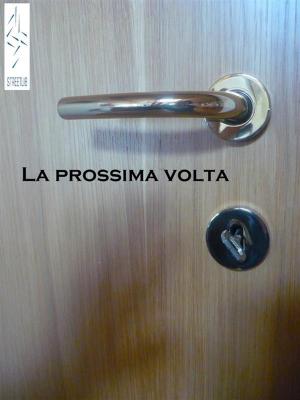| Author: | Roger Busby | ISBN: | 9781301145119 |
| Publisher: | Roger Busby | Publication: | October 11, 2012 |
| Imprint: | Smashwords Edition | Language: | English |
| Author: | Roger Busby |
| ISBN: | 9781301145119 |
| Publisher: | Roger Busby |
| Publication: | October 11, 2012 |
| Imprint: | Smashwords Edition |
| Language: | English |
There's a certain intimacy about the word "embedded." I don't know who came up with it, but once it was in common usage, we talked about it endlessly in the pub. Embedded, being there, part of the action, eyewitness news on the front line. Embedded became a term shared by the media and the military to describe correspondents who were carried to war as an extra mural member of a fighting unit, journalist as warrior, and it was hoped, certainly from the military standpoint, that this symbiosis, a new quirk on the old Stockholm syndrome, would rub off on the reporters and ensure that coverage swayed towards the soldiers' point of view. Sure there was huffing and puffing over journalistic integrity and freedom of the press, but if you wanted to go to war there was no better way than embedded.
You see the Vietnam War had taught the military a hard lesson. If you have newsmen running around the combat zone, left to their own devices, reporting the kill count as it happens, blood baths like Mi Li Four, then the public appetite for the conflict diminishes in direct proportion to the tv footage of body bags coming home. So if you couldn't muzzle the media, then the next best thing was to get them on board, get them embedded, in the hope that the old adage that it is better to have your critic in the tent pissing out than outside the tent pissing in, would pay dividends.
Not that the military were less than sanguine about the prospect, Imagine how it would have been if there had been reporters embedded at The Somme filing eyeball accounts from the trenches of soldiers eating rats to stay alive, and the criminal lunacy of officers ordering troops over the top into machinegun fire.
But those kind of considerations didn't cloud the judgement a couple of centuries ago when the spectre of invasion from across the Channel loomed large, and Napoleon Bonaparte summoned the combined naval strength of France and Spain into the largest battle fleet the world had ever seen; when the course of history hung by a thread. When the nation turned to one man, already hailed as a national hero, to save the day. So this is the story. With all the journalistic technique, the breakneck speed of instant communication technology and the clamour for on scene reporting; with every morsel of the action devoured to satisfy the voracious appetite of twenty four seven rolling news I can tell you what transpired when Nelson set sail for the great sea battle off Cape Trafalgar because I was there, embedded with the fleet.
My name is John Pretty, naval correspondent of the Daily Chronicle, and with the benefit of hindsight I have collected all my pieces, the news columns, the features, the e-mails, the tapes and scribbled shorthand notes, into a chronological sequence, translated the arcane patois of the eighteenth century tar into the modern idiom to give you a feel of how Trafalgar played in the press. If you want the unalloyed facts, go to the history books, but if you're curious to know how it felt to report Trafalgar then as Mark Twain put it, turn the page, read the log.
There's a certain intimacy about the word "embedded." I don't know who came up with it, but once it was in common usage, we talked about it endlessly in the pub. Embedded, being there, part of the action, eyewitness news on the front line. Embedded became a term shared by the media and the military to describe correspondents who were carried to war as an extra mural member of a fighting unit, journalist as warrior, and it was hoped, certainly from the military standpoint, that this symbiosis, a new quirk on the old Stockholm syndrome, would rub off on the reporters and ensure that coverage swayed towards the soldiers' point of view. Sure there was huffing and puffing over journalistic integrity and freedom of the press, but if you wanted to go to war there was no better way than embedded.
You see the Vietnam War had taught the military a hard lesson. If you have newsmen running around the combat zone, left to their own devices, reporting the kill count as it happens, blood baths like Mi Li Four, then the public appetite for the conflict diminishes in direct proportion to the tv footage of body bags coming home. So if you couldn't muzzle the media, then the next best thing was to get them on board, get them embedded, in the hope that the old adage that it is better to have your critic in the tent pissing out than outside the tent pissing in, would pay dividends.
Not that the military were less than sanguine about the prospect, Imagine how it would have been if there had been reporters embedded at The Somme filing eyeball accounts from the trenches of soldiers eating rats to stay alive, and the criminal lunacy of officers ordering troops over the top into machinegun fire.
But those kind of considerations didn't cloud the judgement a couple of centuries ago when the spectre of invasion from across the Channel loomed large, and Napoleon Bonaparte summoned the combined naval strength of France and Spain into the largest battle fleet the world had ever seen; when the course of history hung by a thread. When the nation turned to one man, already hailed as a national hero, to save the day. So this is the story. With all the journalistic technique, the breakneck speed of instant communication technology and the clamour for on scene reporting; with every morsel of the action devoured to satisfy the voracious appetite of twenty four seven rolling news I can tell you what transpired when Nelson set sail for the great sea battle off Cape Trafalgar because I was there, embedded with the fleet.
My name is John Pretty, naval correspondent of the Daily Chronicle, and with the benefit of hindsight I have collected all my pieces, the news columns, the features, the e-mails, the tapes and scribbled shorthand notes, into a chronological sequence, translated the arcane patois of the eighteenth century tar into the modern idiom to give you a feel of how Trafalgar played in the press. If you want the unalloyed facts, go to the history books, but if you're curious to know how it felt to report Trafalgar then as Mark Twain put it, turn the page, read the log.









![Cover of the book Battle Of The Barricades: U.S. Marines In The Recapture Of Seoul [Illustrated Edition] by Roger Busby](https://www.kuoky.com/images/2015/november/300x300/9781786251428-zQND_300x.jpg)





